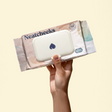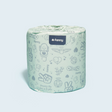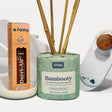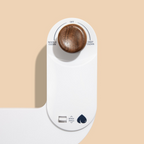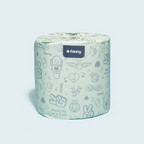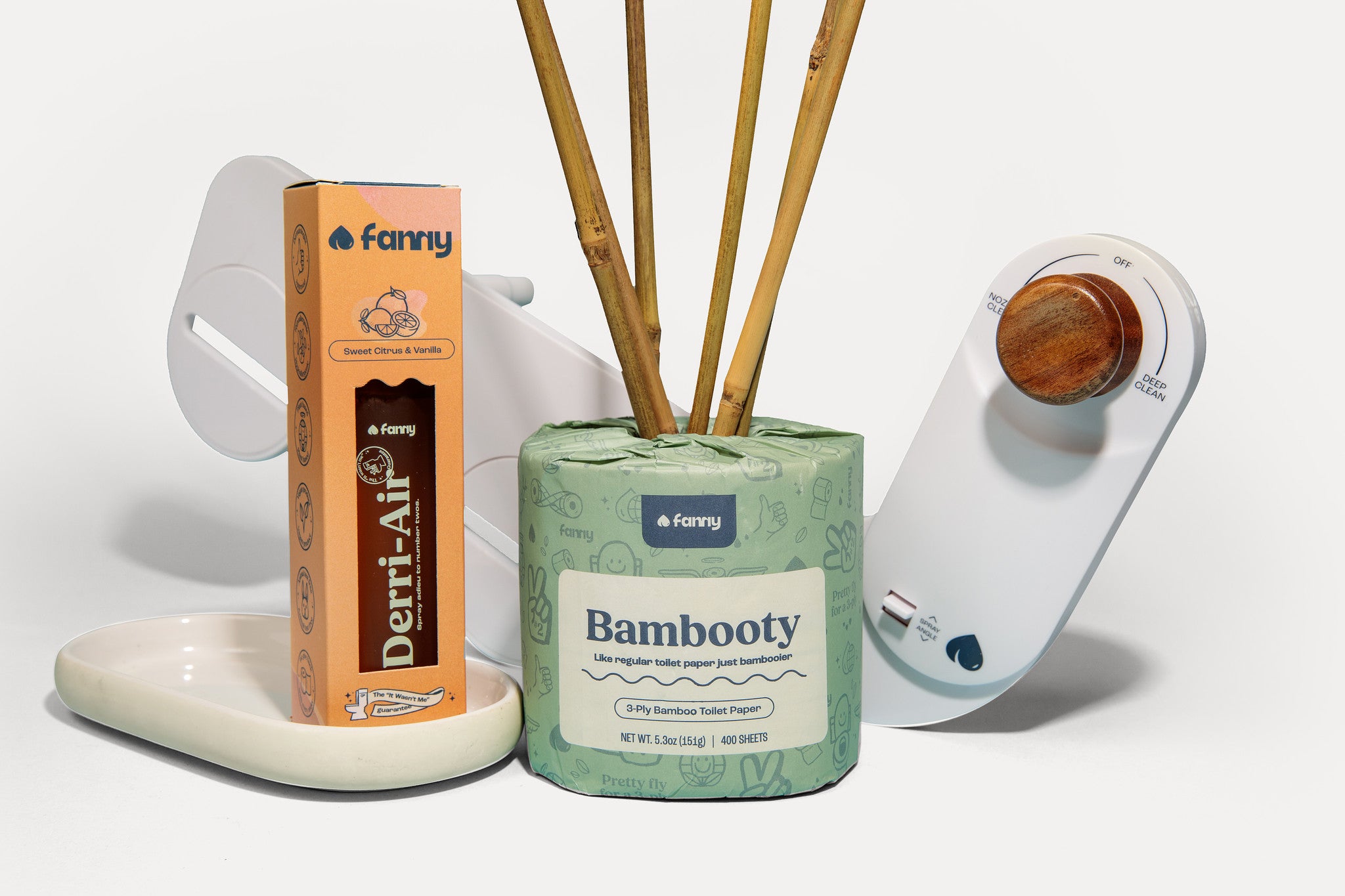Keep It Fresh: A Helpful Guide to Cleaning Your Bidet
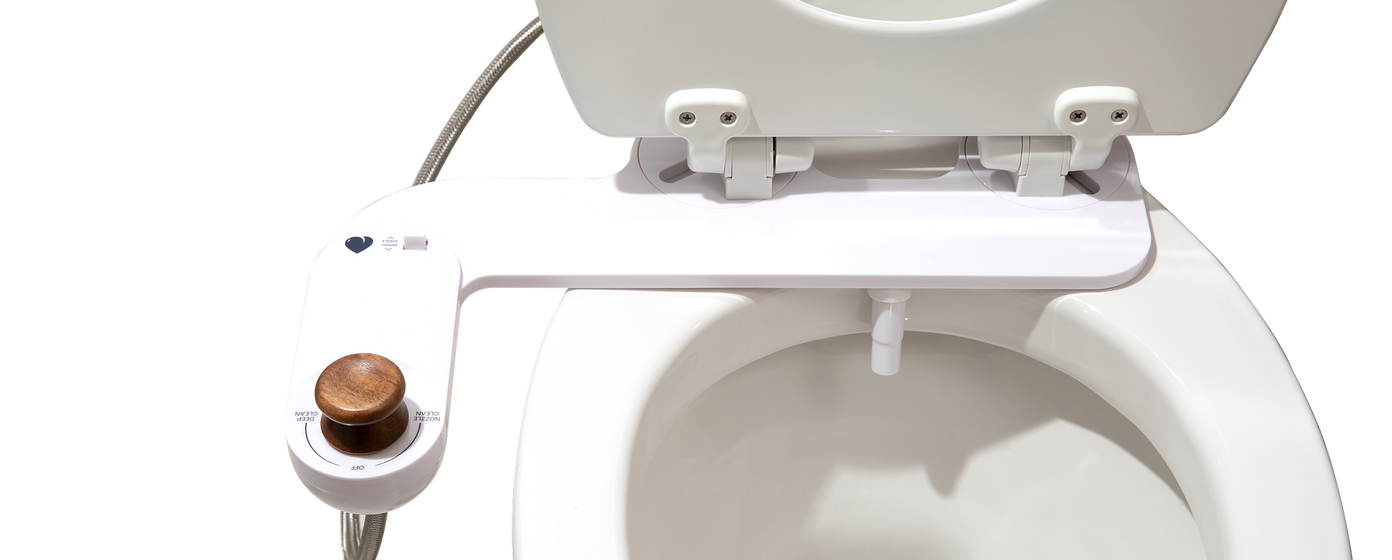
The bidet is slowly becoming the humble hero in the bathroom world, elevating cleanliness one refreshing spray at a time. But let’s get real: your bidet seat attachment sees some serious action, and it’s not all roses and rainbows. Like any MVP of hygiene, it needs a good scrub-down now and then to keep it pristine.
Skip the excuses, because science has spoken: bathrooms are breeding grounds for bacteria. And while your bidet is a beacon of cleanliness, it’s not immune to grime, hard water buildup, and microscopic uninvited guests. So buckle up for this fact-filled guide to cleaning and maintaining your bidet.
Why Cleaning Your Bidet is a No-Brainer
Let’s talk bacteria, those microscopic freeloaders that thrive in moist, warm environments. A study by the American Society for Microbiology revealed that bathrooms harbor a veritable zoo of bacteria, including E. coli, Staphylococcus aureus, and even mold spores.
Now, your bidet nozzle may spray like a pro, but it doesn’t come with a hazmat suit. Over time, even self-cleaning nozzles can accumulate bacteria, hard water deposits, and soap residue. Keeping it clean isn’t just about appearances, it’s about:
- Reducing Germs: Bacteria + water + heat = a bacterial cocktail you do NOT want.
- Improving Performance: A dirty nozzle or hose can mess with spray power, leaving you less refreshed.
- Preventing Gross Surprises: Ever seen mildew on a bidet? It’s a vibe, just not a good one.
Step 1: Arm Yourself With Cleaning Tools
Before you embark on this noble quest, gather your supplies. Cleaning your Fanny bidet is straightforward, but you’ll need the right gear:
- A soft microfiber cloth (the MVP of cleaning)
- Mild, non-abrasive cleaner (goodbye bleach; hello gentle soap or vinegar)
- An old toothbrush (perfect for scrubbing nozzles and hard-to-reach spots)
- Cotton swabs (for detail work that says, “I care about you, bidet”)
- Warm water
- Optional: a spray bottle with a vinegar-water solution (1:1 ratio)
Step 2: Shut It Down (Literally)
Before you start cleaning, turn off the water supply and unplug your bidet (if it’s electric). This prevents accidental sprays because nothing says “I don’t have my life together” like getting drenched while trying to clean your bathroom.
Step 3: Wipe the Seat and Lid
Think of the seat and lid as your bidet’s red carpet. They’re the most touched and most visible parts, so keep them looking sharp.
- Dampen a microfiber cloth with warm water and cleaner.
- Wipe down the seat, lid, and control panel. Pay extra attention to hinges and crevices where dirt loves to hide.
- If it’s extra grimy, let the cleaner sit for a minute before wiping.
Word to the Wise: If you think a quick spritz of cleaner is enough, remember: germs don’t vacation, and they’re not afraid to lurk in corners you skip.

Step 4: Give the Nozzle the Spa Treatment
The nozzle is the Beyoncé of your bidet, it does all the work and deserves the most attention.
- Extend It: Use the control panel to make the nozzle pop out like it’s ready for its close-up.
- Wipe Gently: Dampen your cloth with cleaner and wipe it down. Nozzles are delicate, so no scrubbing like you’re sanding wood.
- Brush for Buildup: If you notice mineral deposits (thanks, hard water), use a toothbrush and a vinegar solution to gently scrub.
- Rinse: Wipe it again with clean water and dry with a towel.
- Fun Fact: Nozzles that aren’t cleaned regularly can harbor bacteria, which means you’re essentially trading one mess for another. Ew.
Step 5: Inspect the Hose and Connections
Out of sight, out of mind? Not for your bidet hoses! These unsung heroes deliver the goods (water) but can collect grime.
- Wipe down the hose and fittings with a damp cloth and cleaner.
- Check for cracks, leaks, or buildup. If it’s looking sketchy, replace it.
- For hard water buildup, wrap a vinegar-soaked cloth around the connections for 20 minutes before wiping clean.
Step 6: Sanitize the Nooks and Crannies
For those tight spots, like where the seat connects to the base, use cotton swabs dipped in cleaner. It’s the kind of detail work that separates you from people who call it “good enough.”
Step 7: Make It Smell as Clean as It Looks
If your bathroom smells less-than-fresh, it’s time to sniff out the culprit. Use disinfectant wipes on all exposed surfaces around the bidet, and keep a well-ventilated bathroom to discourage mold and mildew.
Pro Tip: Skip air fresheners with heavy perfumes, they mask smells but don’t eliminate bacteria.
How Often Should You Clean?
Let’s not wait until the nozzle looks like it’s auditioning for a horror movie. A regular cleaning schedule keeps things sparkling:
Daily: Quick wipe of the seat and control panel.
Weekly: Nozzle cleaning and sanitizing all surfaces.
Monthly: Deep clean, including hoses, connections, and any hidden nooks.
Hard Water vs. Your Bidet: A Battle for the Ages
If you live in an area with hard water, your Fanny bidet nozzle may get coated with mineral deposits over time. These pesky deposits can harbor bacteria and reduce water flow.
Here’s your fix:
- Vinegar Soak: Detach the nozzle (if possible) and soak it in white vinegar for 20-30 minutes.
- Gentle Scrub: Use a toothbrush to remove buildup.
- Install a Filter: A simple water filter can save you the hassle of constant cleaning.
Let’s Talk Germs: A Quick Science Break
Did you know? The average toilet seat hosts around 50 bacteria per square inch but a bidet nozzle, if uncleaned, can host thousands. Bidets are designed to be hygienic but neglect them, and you’re inviting a microscopic army to take up residence.
The Good News: Studies show that clean bidets reduce the spread of bacteria by up to 80% compared to toilet paper alone. The keyword, though, is clean.
Troubleshooting Common Issues
- Weak Spray: Check the nozzle for clogs and clean thoroughly. Also, make sure the water valve is fully open.
- Weird Smells: Clean all parts thoroughly, especially the nozzle and hoses. Persistent smells may indicate a plumbing issue.
- Nozzle Won’t Retract: Dirt or debris may be blocking it. Gently clean around the base to restore smooth movement.
Bidet Love Is Self-Care
Cleaning your Fanny bidet isn’t just about hygiene, it’s a reflection of how you take care of the little things in life that make a big difference. Think about it: this small, hardworking device does an essential job day in and day out, ensuring you feel fresh, comfortable, and ready to tackle the world (or at least your next Zoom meeting). Giving it a proper clean isn’t a chore; it’s an act of gratitude for the luxury of modern bathroom technology.
A well-maintained bidet also says something about you. It shows that you care about creating a clean, functional, and welcoming space, not just for yourself but for anyone lucky enough to visit your bathroom sanctuary. Plus, there’s a certain satisfaction in knowing that your bidet is free from lurking bacteria or stubborn mineral deposits. A clean bidet equals a clean conscience, and that’s a win all around.
So, roll up your sleeves and embrace the process. Take those extra five minutes to scrub, wipe, and polish. Treat your bidet like the MVP it is, and it will continue to deliver a spa-like experience every single time. Remember, a clean bidet isn’t just about sanitation, it’s about elevating your daily routine and adding a touch of luxury to an otherwise mundane task.
At the end of the day, taking care of your bidet is really about taking care of yourself. After all, it’s got your back (literally!)—the least you can do is have its nozzle.

